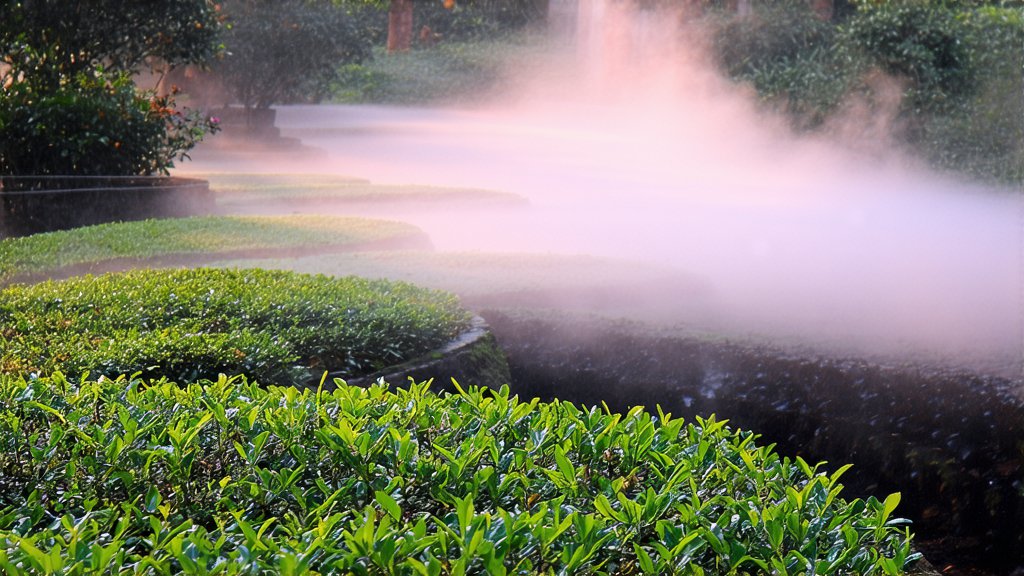
In the lush landscapes of China, where ancient traditions meld seamlessly with nature's bounty, lies a gem that has captivated tea enthusiasts for centuries - Longjing, or Dragon Well tea. This effervescent emerald brew stands as a testament to China's profound tea culture and its unwavering dedication to the art of tea cultivation and processing. As we embark on this exploration, prepare to be transported into the verdant realms of West Lake, where the story of Longjing unfolds like a finely woven tapestry.
Historical Roots: A Sip Through Time
Longjing's journey began during the Tang Dynasty (618-907 AD), but it wasn't until the Qing Dynasty in the mid-18th century that it gained imperial recognition. According to legend, Emperor Qianlong tasted this exquisite tea during one of his visits to the West Lake region and was so enamored by its flavor that he named the tea after the nearby Dripping Dragon Well (Longjing). Since then, Longjing has been synonymous with quality and elegance, earning its place among China's most prestigious teas.
Varietals: The Diversity Within
While Longjing is primarily associated with the West Lake region, its fame has led to the cultivation of similar teas across China. The three main types of Longjing are:
-
Hangzhou Longjing: Grown around the West Lake area, this is the original and most revered variety. Its unique terroir imparts a delicate aroma and a smooth, slightly sweet flavor profile.
-
Yuhang Longjing: Produced in Yuhang County, adjacent to Hangzhou, this variant shares many characteristics with its Hangzhou counterpart but often exhibits a more robust flavor due to the different local conditions.
-
Other Regional Longjings: As Longjing's popularity spread, other regions in Zhejiang Province and beyond started producing their own versions, each with subtle differences influenced by altitude, climate, and soil composition.
Crafting the Elixir: The Art of Longjing Production
The magic of Longjing lies not only in its origins but also in the meticulous craftsmanship involved in its production. Here's an overview of the traditional steps:
-
Picking: Only the youngest shoots and leaves are selected, typically in early spring when the first flush of growth occurs. This ensures optimal freshness and nutritional value.
-
Fixation: Unlike other green teas that may use steaming or baking, Longjing undergoes a unique process called pan-frying. Fresh leaves are heated rapidly in large woks to halt oxidation, preserving their vibrant green color and fresh aroma.
-
Shaping: After initial fixation, the leaves are skillfully shaped through continuous rolling and pressing, often using hand-operated machines or even by hand in smaller batches. This step gives Longjing its characteristic flat shape.
-
Drying: Finally, the shaped leaves are dried gently to remove excess moisture while maintaining their crisp texture and delicate flavors.
Savoring the Essence: A Guide to Tasting Longjing
To truly appreciate Longjing, one must engage all senses in the tasting experience. Here's how to approach a session:
-
Observation: Begin by examining the dry leaves, which should be uniformly flat and jade-green. When infused in hot water (around 80°C), watch them unfurl gracefully, revealing a pale yellow-green liquor.
-
Aroma: Inhale deeply to detect the subtle fragrance, which ranges from fresh vegetal notes to hints of floral undertones and toasted chestnut, depending on the specific variety and processing.
-
Taste: Take small sips, allowing the tea to coat your palate fully. Notice the balance between sweetness, slight bitterness, and a lingering umami finish. Each sip should offer a clean, refreshing sensation.
-
Texture: Pay attention to the mouthfeel; a well-made Longjing will feel smooth and silky, with minimal astringency.
-
Aftertaste: Reflect on the aftertaste, which should be long-lasting and pleasantly sweet or nutty, leaving a cleansing effect on the palate.
In conclusion, Longjing is more than just a beverage; it embodies a philosophy of harmony between man and nature, a celebration of simplicity and purity. Whether you're a seasoned tea connoisseur or a curious newcomer, savoring your first cup, Longjing invites you to pause, reflect, and reconnect with the timeless rhythms of life. As you raise your cup to your lips, remember that within each sip lies a story—one that spans centuries, cultures, and continents, yet remains intimately personal and universally understood.